
In an age where the verdant canopy of our world is dwindling rapidly, the call to restore and replenish has never been louder. Enter afforestation — the proactive response to an urgent global outcry. This is not just about planting trees; it’s about recreating the lungs of our planet, fostering biodiversity, and cultivating resilience against the relentless tide of climate change. Afforestation is both an art and a science, necessitating the right mix of patience, planning, and ecological understanding.
It might not seem obvious at first glance but one of the biggest aspects to consider in afforestation efforts is carbon management. And this matter cannot be discussed without paying attention to the huge carbon storage under our feet — the soil.
Soil Organic Carbon & Afforestation
Imagine a world where forests spread across barren lands, breathing life back into the earth. This is the magic of afforestation — the process of planting trees in areas where there were none before. These newly established forests not only enhance biodiversity but also play a vital role in combating climate change by absorbing carbon dioxide from the atmosphere.
Trees are nature’s carbon sequesters, capturing CO₂ through photosynthesis and storing it in their trunks, branches, and roots. This natural process of carbon sequestration is a powerful tool in our fight against climate change. More so, modern technology allows to even create a SOC model for assessing carbon levels in soil for further management.
Carbon offsets are an innovative approach to balance out the carbon footprint. When a business invests in carbon offsets, it supports projects that reduce or remove CO₂ from the atmosphere, such as afforestation, renewable energy initiatives, or methane capture from landfills. It’s like planting a tree to make up for the emissions from your last flight. By offsetting emissions and getting carbon credits in return, entities contribute to global efforts to mitigate climate change and promote sustainability.
Importance and Benefits of Afforestation
Afforestation, a term that has increasingly garnered attention in the realm of environmental discourse, stands paramount in its significance. When pondering upon the query, “what is afforestation,” it essentially alludes to the intentional act of introducing and cultivating tree cover on landscapes that either have historically lacked any form of tree presence or have remained untouched and unaltered for considerable spans of time. This deeply-rooted initiative, which aligns seamlessly with the core principles of ecology, is heralded as a frontline defense against the widespread issue of environmental degradation.
Recognizing afforestation as a sustainable forestry practice is not a mere scholastic endeavor, but rather a solemn commitment to the rigorous restoration and preservation of our planet’s ecological integrity for posterity.
Trees, nature’s stalwart defenders in the battle against global warming, play an unparalleled role in the stabilization of our environment. Their prowess in carbon sequestration is remarkable – they tirelessly absorb menacing levels of carbon dioxide, subsequently enriching the atmosphere with life-sustaining oxygen. Furthermore, the intricate web of tree root systems contributes immensely to soil retention. They act as natural barriers, averting soil erosion and thereby mitigating the risks of severe geological disruptions.
From an economic point, the practice of afforestation can serve as a catalyst in creating numerous employment avenues. These range from jobs in the meticulous care and management of woodlands to roles in the burgeoning industry of ecotourism. As time progresses and these forested areas reach their zenith of growth, they metamorphose into invaluable reservoirs. These reservoirs hold the promise of sustainable timber supplies and a plethora of other forest-derived goods, potentially stimulating local economies.
One cannot underscore enough the instrumental role afforestation assumes in the realm of biodiversity conservation. These rejuvenated areas of greenery extend a lifeline, a sanctuary, to countless species that teeter on the brink of habitat loss and extinction. In addition to this, the burgeoning forest expanses exert a profound impact on the planet’s hydrological cycle. They play a pivotal role in determining local rainfall patterns and are indispensable in ensuring the replenishment of groundwater resources.
So, why is afforestation important? All in all, the establishment of forests through afforestation serves as a protective shield, moderating the adversities of natural calamities such as cyclones or floods.
Afforestation Types
Afforestation, the practice of introducing trees to landscapes that have been devoid of forests, manifests in several distinct approaches, each with its unique objectives and methodologies. Here’s a closer look at the three main types:
Natural Regeneration. This involves allowing the forest to regenerate without human intervention. It relies on the natural process where flora repopulates an area over time, using seeds dispersed by wind, water, or wildlife. This method is often preferred when aiming to restore native ecosystems, as it promotes biodiversity.
Commercial Plantations. These are primarily established for economic purposes, focusing on fast-growing species to produce timber, pulp, or other forest products. They are typically managed and harvested with specific commercial objectives in mind, often involving monoculture practices (planting a single species).
Agroforestry. This integrates trees into farming systems. The aim is to create a beneficial interaction between trees, crops, and/or livestock. Agroforestry can help increase biodiversity, improve soil quality, and enhance overall farm productivity. It combines agriculture with forestry practices to maximize the benefits of land use.
Afforestation vs. Reforestation
Afforestation and reforestation both involve the process of planting trees. The main difference lies in their purpose and the previous state of the land.
Afforestation refers to the practice of planting trees on land that was previously not forested or had been deforested for a long period of time, typically decades or centuries. Its primary objective is to create a new forest on barren or unused lands, thereby converting it into a bio-diverse area.
Reforestation, on the other hand, is the process of replanting trees in areas where forests were recently removed or degraded, such as due to logging, fires, or other causes. Its main aim is to restore and replenish the lost forest cover, reviving ecosystems and habitats.
In essence, while both practices promote forest growth, afforestation starts on lands without recent forest history, whereas reforestation addresses more recent forest losses.
In the evolving landscape of environmental conservation, finding effective solutions to afforestation is paramount. As forests play a crucial role in balancing global ecosystems and mitigating climate change, having the right tools and strategies for their management is indispensable. EOSDA Forest Monitoring by EOS Data Analytics stands as a beacon in this pursuit, offering holistic tools and methodologies that answer the complex demands of modern afforestation efforts.
The Role of EOSDA Forest Monitoring in Afforestation
EOSDA Forest Monitoring is a customized satellite-based forestry management software developed by EOS Data Analytics, a global provider of AI-based satellite imagery analytics. This platform facilitates various stakeholders, including landowners, logging enterprises, and financial institutions, in remotely assessing forest health and comprehensively managing their forested areas online.
To guarantee the effectiveness of afforestation initiatives and the sustainability of forest plantations, EOSDA integrates data from diverse sources, such as Sentinel-1, Sentinel-2, own EOS SAT-1 satellite among others. Through the application of satellite imagery and machine learning technologies, the platform consistently updates forest cover information for distinct stands.
The Tree species feature presents a solution to the intricate challenge of identifying optimal tree species for specific regions. By studying the tree species flourishing in the immediate vicinity, one can select species that bolster the local ecosystem.
The Reforestation tool, suitable for both afforestation and reforestation efforts, permits users to examine historical satellite imagery to evaluate the efficacy of their replanting endeavors. When combined with data from the Deforestation analysis, it becomes feasible to equilibrate tree loss with strategic replanting efforts. Moreover, tools to oversee forest cover, burned areas, and carbon stocks are provided, ensuring a holistic approach to forest management.
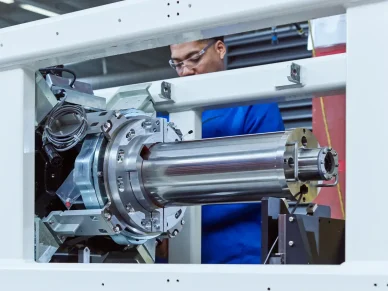
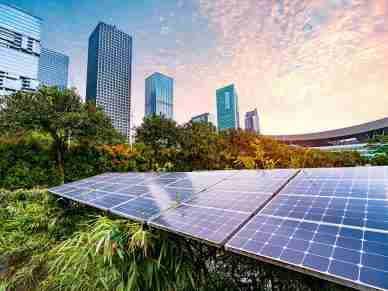


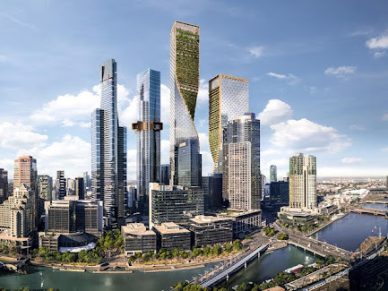

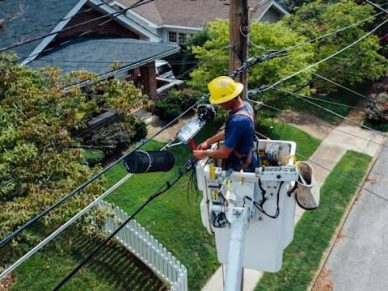

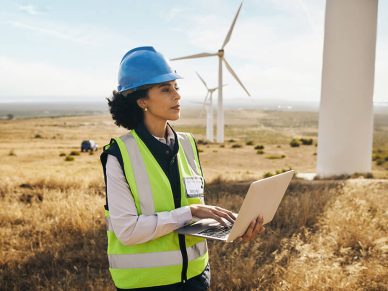







Leave a Reply